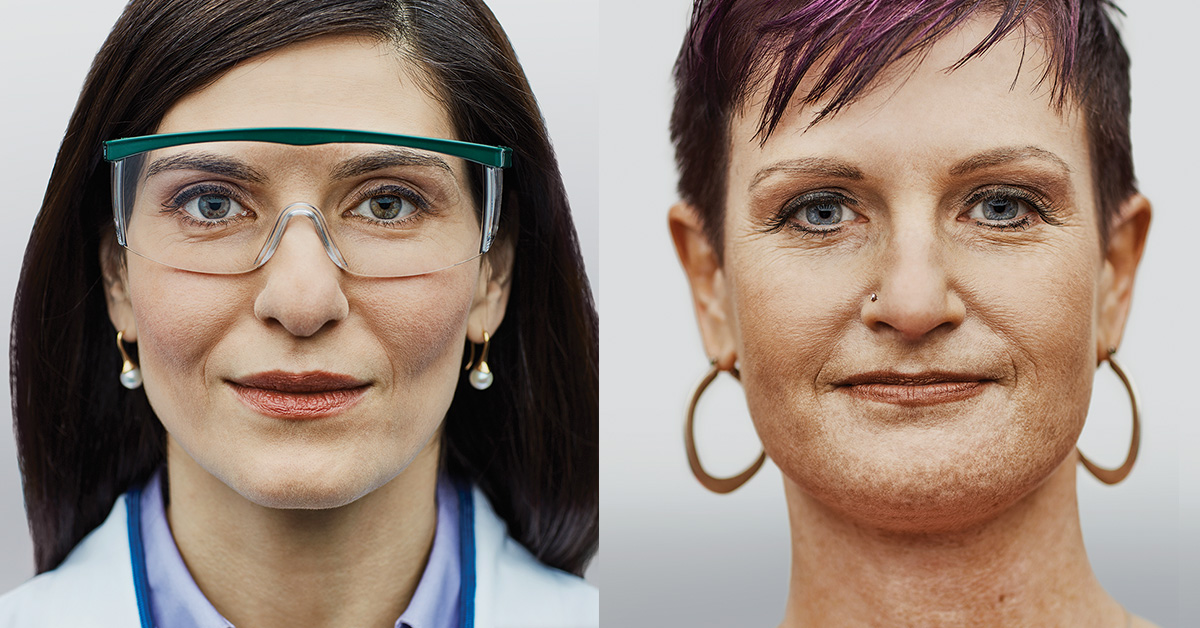October 13 is National Metastatic Breast Cancer Awareness Day, which brings awareness to metastatic breast cancer and the estimated 150,000 - 250,000 women and men living with metastatic breast cancer in the U.S.
Metastatic breast cancer (mBC) refers to cancer that has spread outside of the breast to other organs such as bones, liver, lung or brain. Once breast cancer becomes metastatic, it can be difficult to cure, and treatments seek to control the spread of the disease or improve quality of life for patients.
Over the past few decades, there has been considerable progress in the detection, research and treatment for breast cancer. However, gains in survival have mostly benefited patients with early stage breast cancer, which has a five-year survival rate of 99% or 86% depending on whether it is caught and treated locally or regionally. In contrast, the average five-year survival rate for patients diagnosed with mBC is 26%.
In the United States, breast cancer is the second leading cause of cancer death among women, with 42,170 dying each year. mBC will cause the vast majority of those deaths. At any given time, an estimated 150,000-250,000 women in the U.S. currently are living with this disease.


